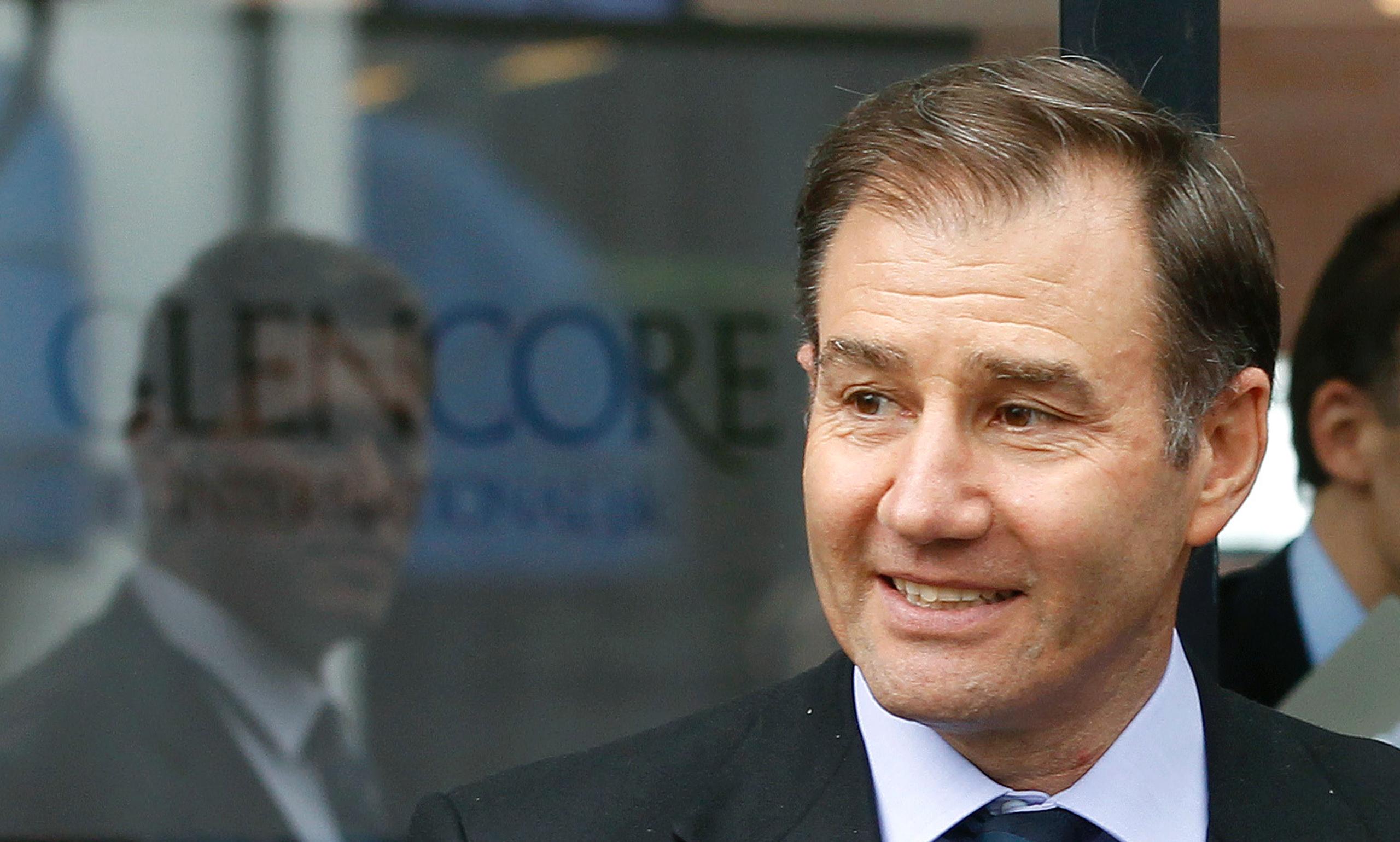Glencore uses Aussie playbook for Russian deal

On Tuesday last week, Glencore’s fast-talking chief executive Ivan Glasenberg made his way to a five-star hotel in Moscow for a commodities conference.
As he took questions about a new agreement by Opec, the oil producers’ cartel, to curb production and boost prices, few if any in the audience would have guessed that Mr Glasenberg was closing in on a deal that would also stun the market.
But one day later, Glencore and Qatar’s sovereign wealth fund, the miner-cum-trader’s largest shareholder, confirmed a complex deal to buy a 19.5% stake in Rosneft, Russia’s largest oil producer, for €10.2 billion (CHF11 billion).

More
Financial Times
External linkThe Rosneft transaction marks a return to dealmaking by Mr Glasenberg – the first since Glencore was hit hard last year by a slump in commodities prices and investor concerns about the company’s large debts.
But this was no straightforward transaction, partly because of commitments made by Glencore in 2015 to reduce its leverage. Finalising a plan under which Glencore and the Qatari fund become a leading Rosneft shareholder, and Mr Glasenberg gets to sell more of the Russian company’s oil, required all of his dealmaking nous, according to people familiar with the negotiations.
“This [deal] didn’t come together in a week or ten days,” says one person familiar with the talks. “It took a bit of time and had a lot of moving parts – Qatar, Russia, Rosneft and the banks.”
Trump
For several months Rosneft chief executive Igor Sechin, a long-time ally of Russian president Vladimir Putin, had been trying to find a buyer for a 19.5% stake in the company.

More
Glasenberg’s appetite for deals rumbles on
Most investors assumed the search would end in failure, partly because Rosneft has been one of several Russian companies targeted by western sanctions that were imposed in 2014 after Moscow annexed Crimea.
While western groups are not prohibited from buying shares in Russia companies under the sanctions, many have been wary of doing so for fear of upsetting US authorities. That did not deter Glencore, which worked with law firm Linklaters to make sure it complied with relevant laws.
Glencore and Rosneft already have significant ties that stretch back many years. For example, Glencore sells about 170,000 barrels a day of Rosneft’s crude production under a five-year agreement finalised in 2013.
Under the new deal, Glencore will sell a further 220,000 barrels a day of Rosneft production over the next five years.
Glencore also wants to extend the 2013 agreement beyond 2017 – something that might be possible if US president-elect Donald Trump pushes to ease sanctions on Moscow.
Qatar
Meanwhile, the new deal highlights the increasingly productive relationship between Glencore and the Qatar Investment Authority.
Since Glencore completed the $44 billion (CHF44.6 billion) acquisition of Xstrata in 2013, and QIA became its biggest shareholder, the two parties wanted to work together on transactions. When the QIA was presented with the Rosneft deal by Mr Glasenberg, the sovereign wealth fund was immediately interested, say people familiar with the talks.
The QIA has kept a low profile in recent years as the low oil price environment damped business.
So the Rosneft deal is a return to the headline-grabbing investments by Qatar that have previously included Barclays and Volkswagen.
Bankers highlight how the deal has been forged amid Middle East turmoil, with Qatar and Russia on opposite sides in the Syrian civil war.
Qatar is keen to balance its reliance on the US for security by pursuing deeper ties with Russia, whose action in Syria has cemented its status in the region.
However, the Rosneft deal needed to be carefully structured so as not to alarm Glencore’s other shareholders, and Mr Glasenberg turned to a solution he had used before.
In 2013, a Glencore-led consortium agreed to pay $1 billion for a controlling interest in an Australian coal mine from Rio Tinto. Glencore did this by creating a new company with Sumitomo, the Japanese trading house, under which both groups put equity into the joint venture, which then raised debt. Having put just $250 million of equity into the partnership, Glencore became operator of the Australian mine and got to sell its coal.
The 19.5% stake in Rosneft is due be purchased by a joint venture controlled equally by Glencore and QIA. The two companies will inject equity of €300 million and €2.5 billion respectively, and the partnership is then due to raise €7.4 billion of debt, mainly from Italian bank Intesa Sanpaolo.
(c) 2016 The Financial Times Limited
Additional reporting by Jack Farchy in Moscow

In compliance with the JTI standards
More: SWI swissinfo.ch certified by the Journalism Trust Initiative













You can find an overview of ongoing debates with our journalists here . Please join us!
If you want to start a conversation about a topic raised in this article or want to report factual errors, email us at english@swissinfo.ch.